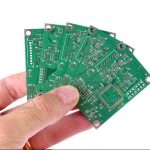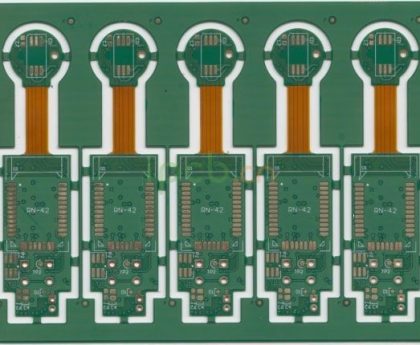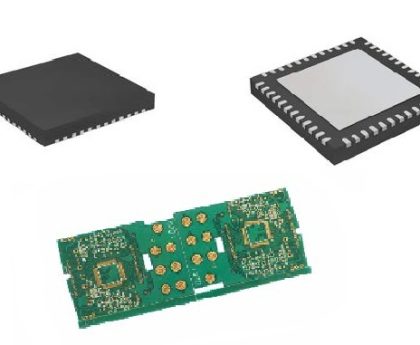When designing HDI circuit boards, we should first follow IPC guidelines and standards. Four are specifically applicable to HDI circuit board design, as shown in Figure 1.

IPC/JPCA-2315: This is an overview of HDI and provides a model for estimating the design density.
IPC-2226: This specification educates users on micropore formation, wiring density selection, design rule selection, interconnection structure and material characterization. It aims to provide standards for designing printed circuit boards using micropore technology.
IPC-4104: This standard identifies materials for high-density interconnection structures. IPC-4104 HDI material specification contains slash, which defines many thin materials for HDI. The material characteristics of the diagonal plate can be divided into three main material types: dielectric insulator (IN); Conductor (CD) and conductor and insulator (CI).
IPC6016: This document covers the performance and certification of high-density structures.
The blind hole can be in XY or θ () “Shift or swing” in the angle to produce more wiring space
Blind holes can be placed on the inner layer (3D) to further create more breakthrough space
The center distance can be changed on the inner layer to provide additional space for the trace.
If all of these occur at or near the primary side, space for traces will be generated under the BGA of the secondary side, or it will be more important for discrete devices such as decoupling capacitors.

Figure 6. Schematic diagram of advantages of using blind hole wiring
If you study the first principle and ask yourself, “What does my via do?”. The answer is that the most common through hole on PWB is GND through hole. “The second most common channel?” The answer is obvious. It is PWR channel. Therefore, moving the GND plane, which is usually the second layer, to the surface provides an opportunity to eliminate all these vias to GND. Similarly, moving the most commonly used PWR plane to the second layer will replace those THs with blind holes. Compared with the traditional “microstrip” stack, they provide four (4) advantages, as shown in Figure 7:
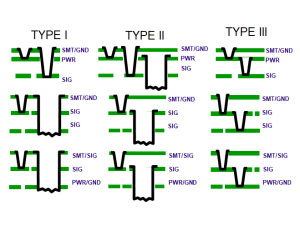
There are no thin lines on the surface for plating or etching.The surface can be continuous GND pouring to reduce EMI and RFI (Faraday cage).The closer layer 2 (PWR) to layer 1 (GND), the more available planar capacitance, the lower the PDN planar inductance.The energy stored in the plane capacitor can be transferred to the element with the lowest series inductance, thus eliminating most of the decoupling capacitance.
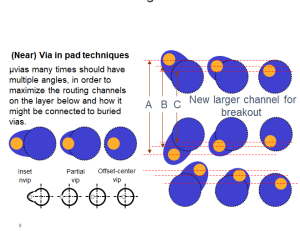
Figure 7 shows some of the most common HDI stacks to reduce the number of TH vias. The three common HDI stacks are displayed as IPC-Type structures (I, II and III).
The possible dielectrics available between the 1st and 2nd layers can be conventional prepregs, laser drillable prepregs, RCC, reinforced RCC or BC cores. These materials are described in Chapter 2 – HDI materials. If the dielectric is thin, the “skip” from layer 1 to layer 3 can also be used to save the cost of not having to use the IPC-Type III structure. Even if thin dielectric is not used, any dielectric thickness less than 0.005 inch (<0.125mm) will couple GND to PWR and provide lower power supply (PS) impedance, as well as reduce PS resonance and noise.
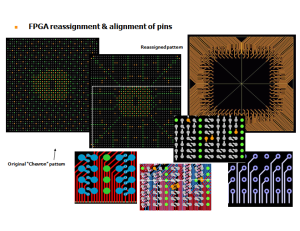
Place blind holes to open a larger avenue
A useful HDI design technology is to use blind holes to open up more routing space on the inner layer. By using blind holes between through holes, the routing space is effectively doubled in the inner layer,Allows more traces to connect pins on BGA internal lines. As shown in Figure 6, for this 1.0 mm BGA, only two traces can escape between the through holes on the surface. But under the blind hole, there are now six traces that can escape, and the number of routes has increased by 30%.
Using this technology, connecting complex high I/O BGA requires a quarter of the signal layer. The blind holes are arranged to form a tree-lined boulevard spanning, L-shaped or diagonal. Which construction to use is driven by power and ground pin distribution. This is why reprogramming the position of power and ground pins can be very efficient for FPGA.
The blind hole can be used to form a boulevard in the inner layer, allowing 30% of the paths to flow out of the BGA
The micropores used for BGA fan-out are shown in Figure 9. The micropores can be placed outside the BGA pad (illustration), and the pad can be partially placed/released (part vip) or completely placed in the ‘pad’ (vip) – see Figure 10 If a through-hole in a pad is placed, the through-hole should always be “eccentric” and not placed in the immediate center of the pad. This is to minimize any trapped air “hole” in the welding process. If the through-hole is placed in the center of the BGA pad and is not filled, when the solder paste is applied to the pad and the BGA is placed on the pad, during reflow, when the solder melts, the BGA ball falls and captures any air that may exist, like a “cork in a bottle”. By “off-center” the through-hole, air will escape when the solder melts and flows into the micropore.
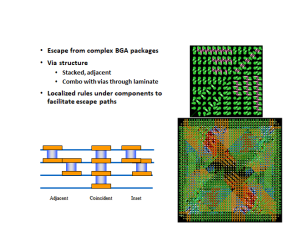
Figure 9 Alternative scheme of blind passage
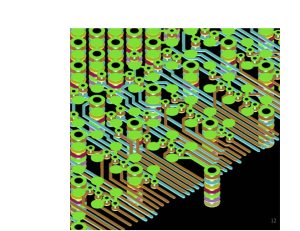
Figure 10 Exquisite 3D view of “swing through hole” connected to buried hole and through hole
HDI circuit board is a high-precision circuit board, which is usually used in high-precision instruments and equipment, such as mobile phones, aerospace technology, etc.



